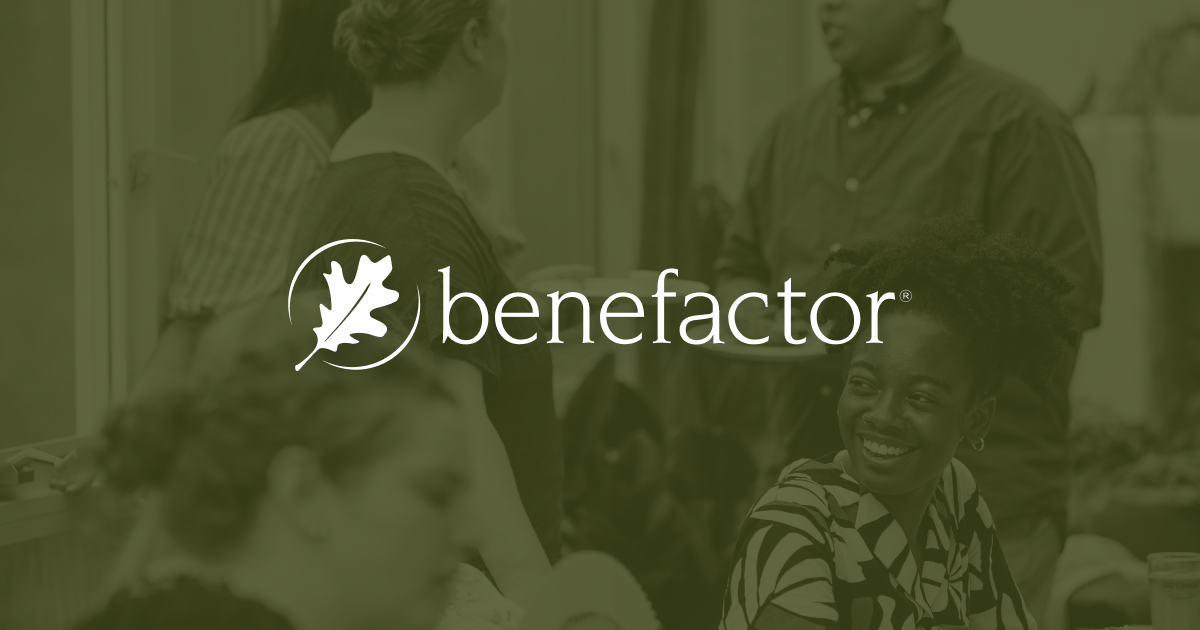A sample from Diana Newman’s book, Opening Doors: Pathways to Diverse Donors
OUR POPULATION IS INCREASINGLY DIVERSE
At the beginning of this millennium, the U.S. Census Bureau reported that the United States was home to 281.4 million people. Of this number, 69 percent are Caucasians. Traditional fundraising strategies have been geared to the Caucasian segment of the population. Stated differently, nonprofit organizations have not given attention to more than 30 percent of the current population.
As a public charity, your organization’s mission is what distinguishes it from others in the nonprofit sector. It speaks to a wide range of stakeholders and constituents, at least some of whom are members of these four significant population groups.
Yet the fundraising departments of mainstream organizations—and, frankly, many ethnic-specific organizations—largely ignore these diverse populations. They are frequently considered recipients of services rather than contributors and providers. This characterization is both shortsighted and misleading. These are populations that are growing in numbers, influence and wealth.
If a nonprofit organization is going to thrive in the twenty-first century, it must not only recognize and serve diverse cultures, but it must also raise substantial portions of its monies from them. It cannot continue to exclude ethnically and racially diverse prospective donors that represent thirty percent of the United States population.
In order to attract and include any or all of these diverse populations, an organization must create a development plan that is appropriate to the specific group(s) it wishes to approach. This is simply good fundraising practice. The organization cannot assume that programs it has used effectively with white donors will also work for new and different populations. To develop new fundraising programs, it must explore the philanthropic backgrounds and interests of the people it wishes to attract. The organization must be willing to let go of its standard operating practices and procedures—and find new and exciting strategies designed to work in new environments.
This is a new and emerging field in the philanthropic landscape. Most of the successful programs described in this book are less than ten years old. The work of the original innovators is still taking shape and measurable results are sometimes limited. Opening doors to engage constituents and encourage contributions in diverse populations is a work in progress. Join us as we explore the pathways to diverse donors.
Click here to order a copy of Diana Newman’s book Opening Doors: Pathways to Diverse Donors to read more





